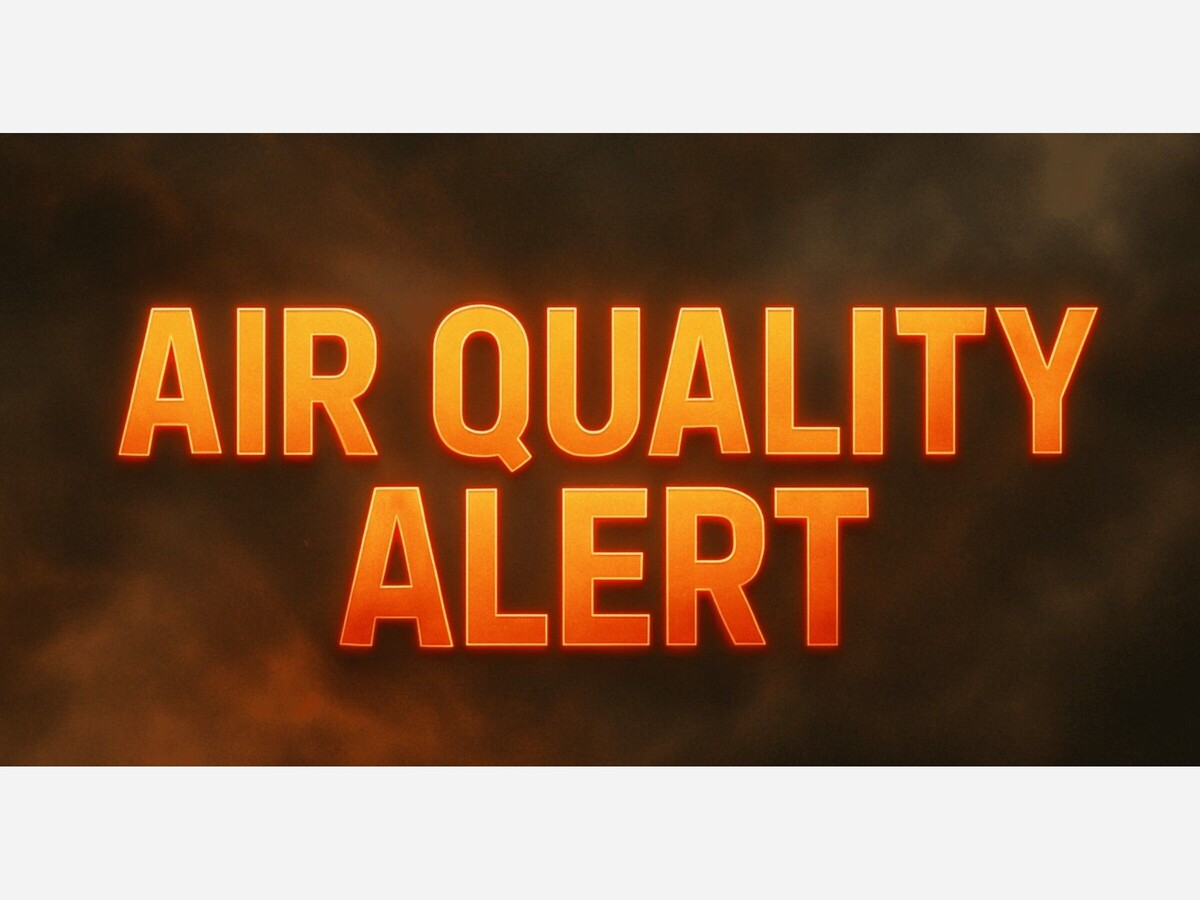Image


ST. PAUL – July 12, 2025 — The Minnesota Pollution Control Agency (MPCA) has issued a statewide air quality alert in response to a thick wave of smoke from Canadian wildfires, expected to affect all regions of Minnesota through 9 a.m. on Monday, July 14.
According to the MPCA, fine particle levels (PM2.5) from wildfire smoke are forecast to reach very unhealthy levels (purple AQI) in northern Minnesota, a rare and severe category that poses serious health risks to the entire population, not just vulnerable groups.
“Heavy ground-level smoke from wildfires in central Canada moved into northwest Minnesota early Friday morning behind a cold front,” the MPCA stated in a public release. “By Saturday afternoon, the entire state may be impacted. The heaviest smoke is expected across the northern half of the state.”
Smoky, hazy skies with reduced visibility and a strong smell of smoke will be common throughout the weekend. While western Minnesota may begin to see air quality improvements by Sunday morning, the MPCA warns that another round of smoke may affect far northern areas Sunday night.
Residents in the following areas should be especially cautious:
Brainerd, Alexandria, Hinckley, Bemidji, East Grand Forks, Moorhead, International Falls, Two Harbors, Hibbing, Ely, Duluth, Roseau, and the Tribal Nations of Mille Lacs, Leech Lake, White Earth, Red Lake, Grand Portage, and Fond du Lac.
In these areas, the MPCA recommends that everyone—regardless of age or health—avoid prolonged or heavy outdoor activity and remain indoors whenever possible.
What the AQI Colors Mean for You
Who’s Most at Risk
Wildfire smoke contains fine particles that are small enough to penetrate deep into the lungs and enter the bloodstream, increasing the risk of both respiratory and cardiovascular issues. The following groups are especially vulnerable:
Symptoms from smoke exposure can include coughing, chest pain, dizziness, shortness of breath, wheezing, and fatigue.
Protecting Yourself and Others
As Minnesota continues to experience climate-driven air quality impacts, residents are urged to stay vigilant and make informed decisions to protect themselves and their loved ones. For more resources, visit the Minnesota Pollution Control Agency's air quality page.